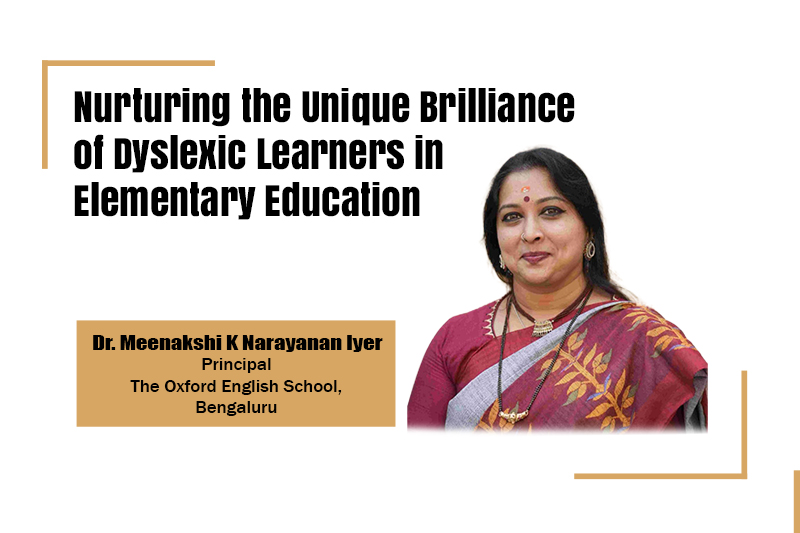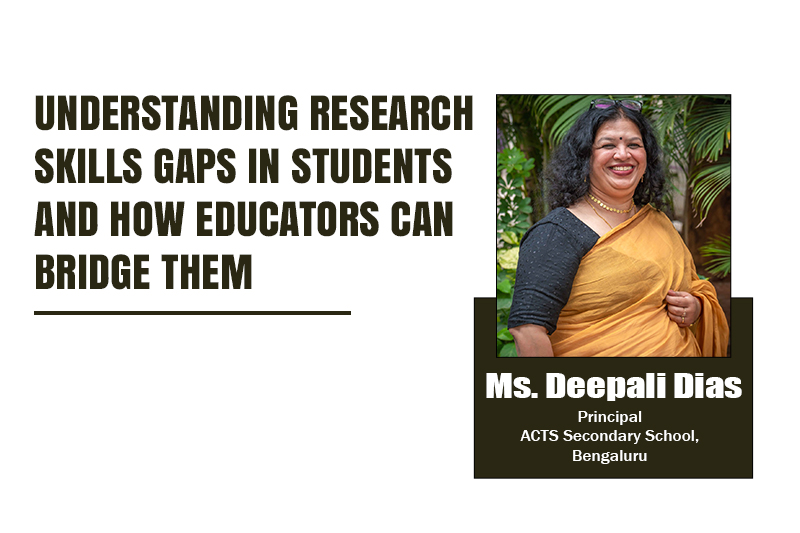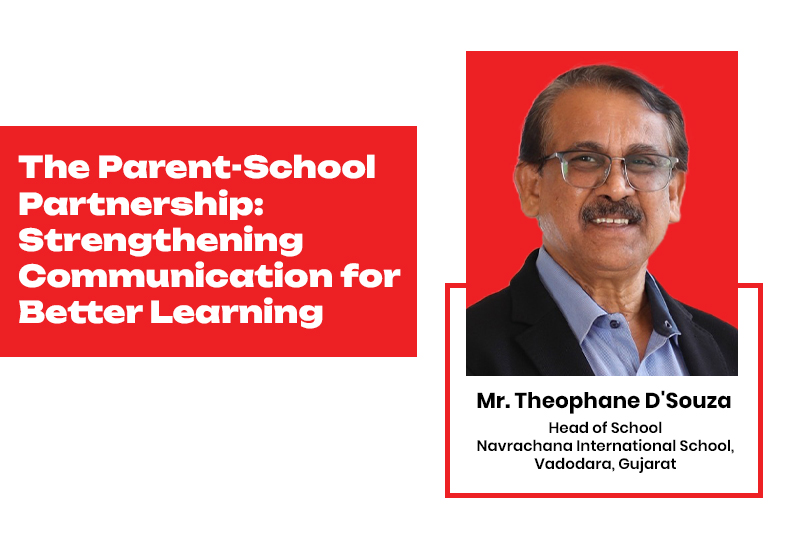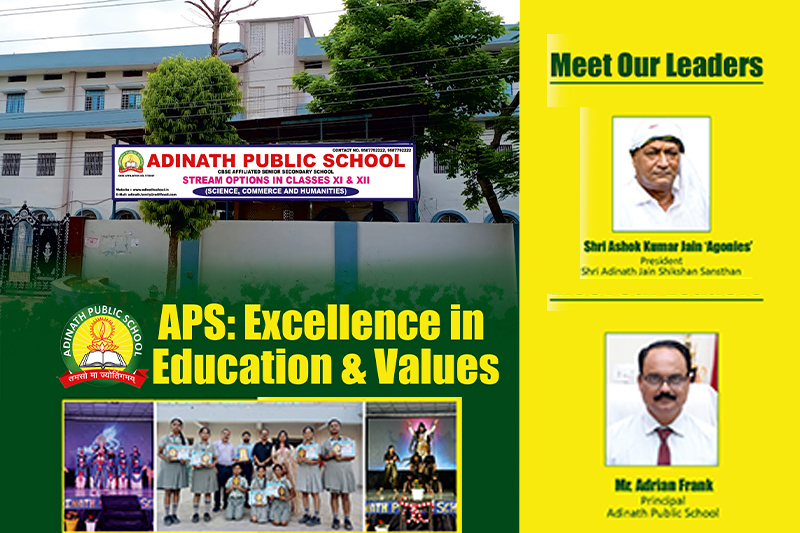Nurturing Dyslexic Learners in Education | Dr. Meenakshi K Narayanan, The Oxford English School
Recognizing the Unique Brilliance of Dyslexic Learners
Dr. Meenakshi K Narayanan, Principal of The Oxford English School ICSE/ISC Bangalore, often emphasizes that education must go beyond traditional boundaries to embrace the diverse ways in which children learn. In her words, “Every child learns in their own rhythm. When we recognize the music in their minds and hearts, we don’t just teach—we transform.”Her perspective reflects a larger truth about supporting children with learning differences—particularly those with dyslexia. For her, dyslexia is not a limitation but rather an alternative pathway to brilliance. She believes that a truly inclusive education strategy involves not just remediation but also a celebration of the creativity, imagination, and problem-solving skills that dyslexic learners often bring to the classroom.
Early Identification: The Gift of Timely Support
One of the central pillars of Dr. Narayanan’s approach lies in early identification of dyslexia. She frequently highlights that many children mask their difficulties through coping mechanisms, which may delay necessary intervention. Educators, therefore, must be well-trained to notice the early signs—difficulties in phonemic awareness, slow reading progress, frequent spelling errors, and challenges in sequencing tasks.She points out that when schools embrace early identification of dyslexia, they provide not only academic scaffolding but also protect a child’s self-esteem and curiosity for learning. In her vision, timely intervention prevents the cycle of frustration that many dyslexic learners face and instead empowers them to approach learning with confidence.
Structured Literacy and Multisensory Approaches
When speaking about dyslexia classroom strategies, Dr. Narayanan emphasizes the value of multisensory teaching for dyslexia. Structured programs such as the Orton-Gillingham approach, she notes, are designed to link language with sounds, letters, and meaning through visual, auditory, and kinesthetic activities.In her experience, these methods resonate strongly with how dyslexic learners process information. By incorporating tactile tools, movement-based learning, and explicit phonics instruction, students are given a learning experience that is systematic, cumulative, and deeply engaging. She maintains that inclusive education strategies must go beyond lecture-based methods and instead embrace interactive and sensory-rich instruction that makes learning meaningful.
Empowering Through Technology
In today’s digital world, Dr. Narayanan sees assistive technology for dyslexia as a game-changer. Tools such as text-to-speech software, audiobooks, and digital graphic organizers provide learners with access to content at their grade level without being hindered by decoding challenges.She clarifies that technology is not meant to replace foundational literacy instruction but rather to enhance inclusion by giving students the dignity of participation. When dyslexic learners can engage with the same material as their peers, it validates their intelligence and boosts their confidence. She believes such innovations mark a crucial step in empowering dyslexic students to see themselves as capable contributors in the classroom.
Creating a Safe and Compassionate Learning Environment
For Dr. Narayanan, no tool or strategy is more powerful than a compassionate classroom culture. She insists that learners with dyslexia should never feel defined by their struggles. Instead, classrooms must become safe spaces where mistakes are celebrated as stepping stones to growth.She stresses that teachers must normalize errors, model patience, and cultivate resilience. Equally important, peers must be sensitized to appreciate the strengths of dyslexic learners—their creativity, empathy, and unique problem-solving abilities. Such inclusivity ensures that every child feels valued, respected, and empowered to take risks in their learning journey.
Building Strong Home–School Partnerships
Another cornerstone of her philosophy is the home school partnership in dyslexia support. She explains that collaboration between parents, teachers, special educators, and counselors creates a network of stability for the child. Regular communication and shared goals ensure consistency across school and home, preventing confusion and fostering emotional security.In her words, when families and educators join forces, they form a safety net that uplifts the child. Parents feel reassured, teachers feel supported, and most importantly, the student feels understood and encouraged.
Celebrating Strengths and Unlocking Potential
A vital message Dr. Narayanan conveys is that dyslexia is not simply a list of deficits—it often coexists with remarkable talents. She often highlights that many dyslexic learners demonstrate exceptional abilities in storytelling, visual thinking, empathy, and spatial reasoning.She argues that one of the most powerful forms of dyslexia support in schools is not just addressing literacy challenges but also uplifting the strengths of dyslexic learners. By offering platforms in arts, drama, sports, and innovation, educators can help these students shine. When children experience success in areas of strength, their self-belief flourishes, which in turn positively impacts their academic journey.
Inclusive Education as a Broader Vision
For Dr. Narayanan, the journey toward inclusive education strategies is not about creating exceptions but about designing a learning environment where every child belongs. She insists that inclusive education does not dilute academic rigor; instead, it enriches the classroom by fostering empathy, diversity of thought, and collaborative growth.Her belief is that when schools embrace supporting children with learning differences, they create stronger communities of learners who appreciate uniqueness. In this sense, inclusion is not just a strategy for dyslexic students—it becomes a philosophy that benefits all children.
Guiding Philosophy for the Future
Summing up her approach, Dr. Narayanan often shares that “Dyslexia does not define a child’s limits—it reveals a different kind of genius.” She envisions schools as places where learning differences are embraced as opportunities to innovate, where educators teach with heart, and where every child walks forward with dignity, purpose, and pride.Her philosophy reflects not only her commitment as the Principal of The Oxford English School ICSE/ISC Bangalore but also her broader mission as an educational leader. By weaving empathy with research-backed practices, she models what it means to nurture learners holistically.
Conclusion
The journey of nurturing dyslexic learners, as articulated by Dr. Meenakshi K Narayanan of The Oxford English School, is one rooted in empathy, innovation, and vision. From early identification of dyslexia to multisensory teaching approaches, from leveraging assistive technology for dyslexia to building strong home school partnerships, her philosophy underscores the importance of treating every child as capable of brilliance.Her message is clear: dyslexia is not a roadblock but a different path—one that, when supported with care and creativity, can lead to extraordinary achievements. With leaders like Dr. Narayanan shaping the conversation on inclusive education strategies, schools are better positioned to honor diversity, nurture potential, and truly empower the next generation of learners.






